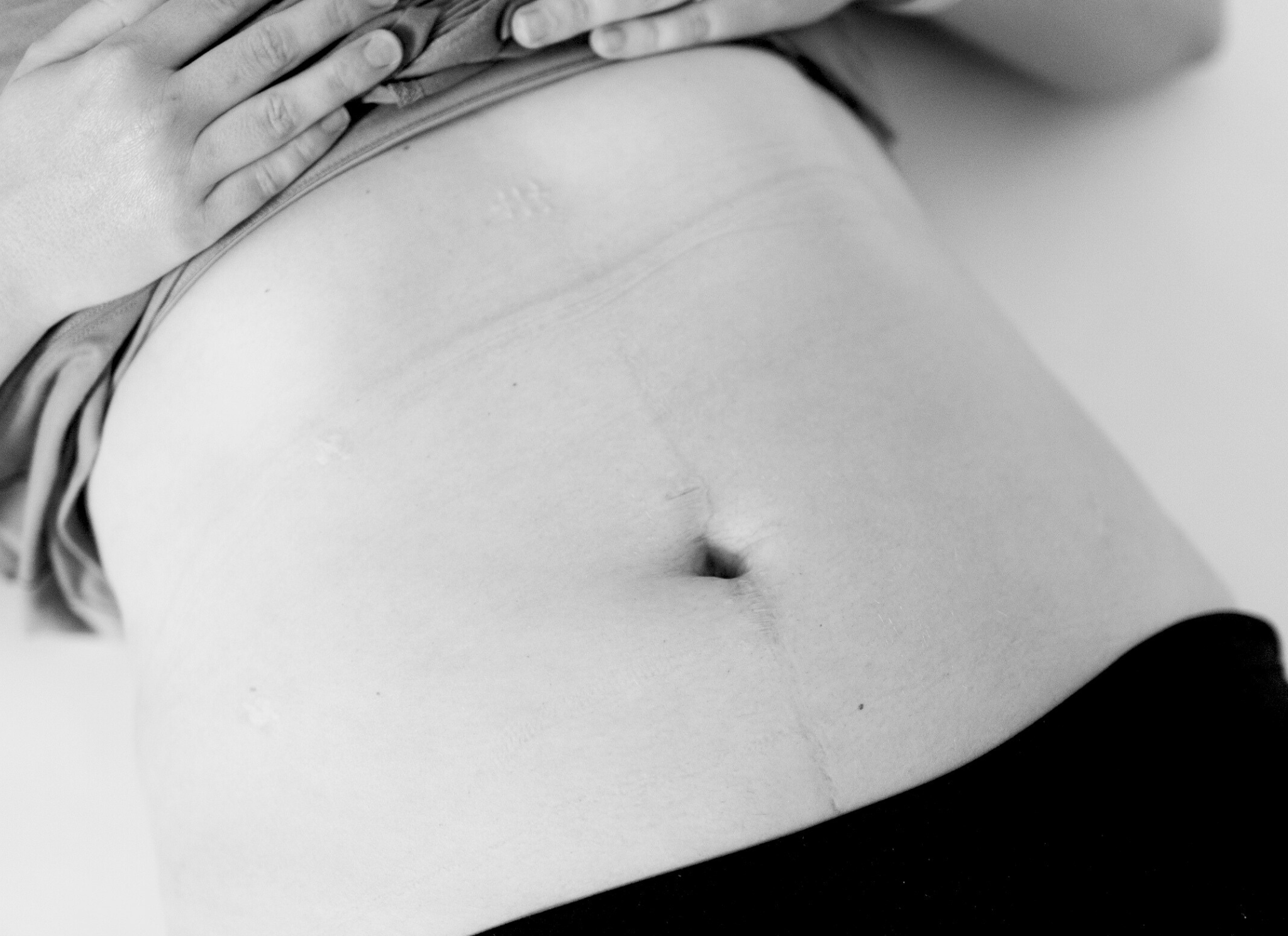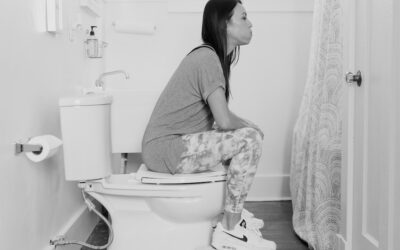If you’ve been diagnosed with, or suspect you may have endometriosis, you may be wondering, “Now What?” Unfortunately, there is no cure for endometriosis. There are, however, many treatment options that can help reduce pain and improve quality of life, such as pelvic floor therapy for endometriosis.
Pelvic floor therapy for endometriosis
There is a connection between your pelvic floor muscles and endometriosis. Many endometriosis patients will have pelvic floor dysfunction due to chronic pelvic pain.
*It’s important to note that a pelvic floor physical therapist cannot affect the disease itself. Physical therapy for endometriosis focuses on symptom management.
Chronic pain changes the way our muscles and tissues exist in our body. Muscles and tissues become overactive and spasm, and can become dysfunctional.
Pelvic floor physical therapy can help address muscle spasms that occur as a result from chronic pelvic pain. This can also help restore proper function to the muscles and tissues.
Common symptoms pelvic floor therapy for endometriosis can help address
- Pain with intercourse
- Constipation
- Low back pain
- Hip Pain
- General pelvic pain
And many more symptoms of pelvic floor dysfunction.
Some of the ways that a pelvic floor physical therapist will work with patients with endometriosis may include:
- Examination of the connective tissues of the lower abdomen, glutes, and inner thighs to determine if there is tissue restriction.
- Internal pelvic exam to determine if the patient has proper motor control, muscle strength, and mobility of the pelvic floor muscles.
- Myofascial release to external tissues that may cause pain and limited function.
- Internal trigger point release to the pelvic floor muscles that may be affecting urinary, bowel, or sexual function.
- Education of proper pooping mechanics and urinary habits to reduce strain on the pelvic floor.
- Dry needling for pain relief and improved myofascial mobility.
Medication for endometriosis
While the use of birth control has long been recommended, it is now thought that these only mask symptoms of endo. It does not actually address the causative factors. In many cases, surgical treatments are often a more substantial treatment option.
Common Surgical Treatments
There are two common types of conservative surgical treatment for endometriosis.
#1: Ablation
Ablation is a procedure where the extra-uterine endometrial cells are cauterized, laser vaporized, or removed with a harmonic scalpel.
These procedures do not treat the root cause and have a high recurrence rate. Further, ablative procedures can lead to scar tissue and damage to the adjacent tissue, potentially making symptoms worse down the line.
#2: Excision
Excision of the extra-uterine endometrial cells with surgical scissors and a CO2 laser is now thought of as the gold standard of treatment.
This procedure allows surgeons to be more precise and thorough with the removal of the endometrial cells. It also minimizes damage to the surrounding tissue and has a much lower recurrence rate than that of ablation procedures.
Hysterectomy
In more severe cases, and for women not wanting to conceive, hysterectomy may be recommended. However, this is an aggressive approach and does not eliminate the disease. Many times, women who have this procedure done will continue to have symptoms and pain.
In addition to pelvic floor therapy for endometriosis…
Although there is no cure for endometriosis, there is hope for improved function and reduced pain. Treatment should be patient specific, and take into account each patient’s medical history, individual symptoms and goals.
Because endometriosis affects the whole body, treatment will need to be multi-disciplinary. A care team should consist of OBGYNs, Endometriosis specialists, pelvic health physical therapists, surgeons, acupuncturists, and dietitians.
If you think you may have endometriosis, speak with your physician, and check in with a pelvic floor therapist.
___________________________________________________________________________________________
Interested in more tips on how to prevent or overcome Pelvic Floor Problems?
Download this free guide for some simple, do-able, totally-not-weird tips to take better care of your down there.
___________________________________________________________________________________________
Some links may be affiliate links. The products we recommend are products we use or recommend to clients.





